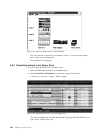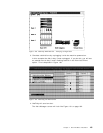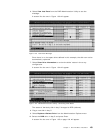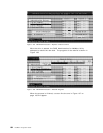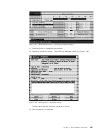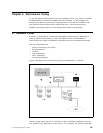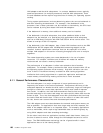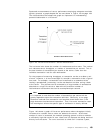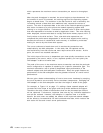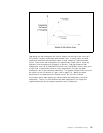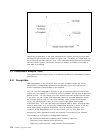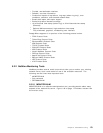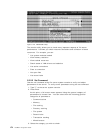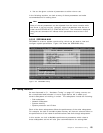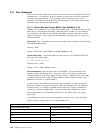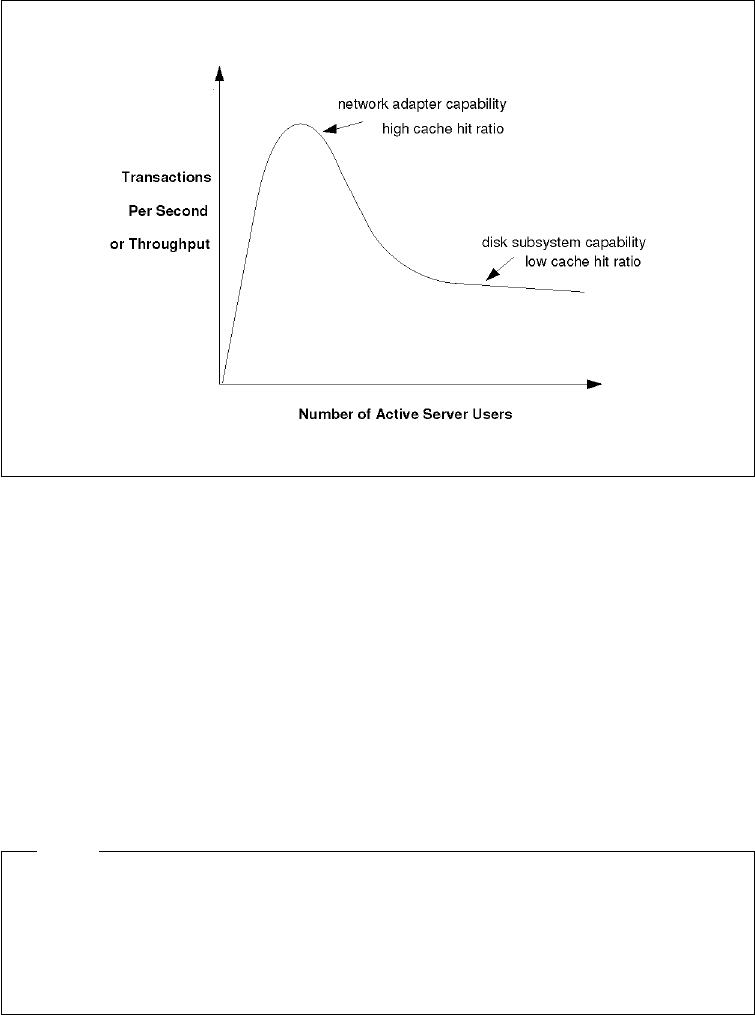
Systematic measurements of server performance employing adequate resolution
typically produce a graph shaped like the one shown in Figure 140 on page 169.
The characteristics that shape this graph are important for understanding
potential bottlenecks in a file server.
Figure 140. File Server Performance - General Characteristics
The horizontal axis shows the number of simultaneous active users. The vertical
axis indicates server throughput, or number of transactions per second. This is
the total number of transactions per second at the server, rather than the
individual transaction rate for each workstation.
For the purpose of measuring throughput, a transaction can be an arbitrary unit
of work. However, it is more meaningful to consider a transaction to be a typical
user task. For example, a transaction can be defined as a networked client
loading a spreadsheet, processing it at the workstation and then saving it back
to the server. This process can be executed by a large number of workstations
attached to a single file server to determine the maximum number of
load-and-save transactions that can be accomplished per second.
Note
It is important to note that the number of transactions per second will be
greatly dependent upon the transaction definition. Obviously, a one page
document load-and-save transaction can complete much faster than a 100
page document load-and-save transaction. Thus, file server transaction rates
are meaningless unless the specific type of transaction is clearly defined.
Figure 140 shows a graph of file server performance where throughput initially
increases at a constant rate as users are added to the server. As the total
number of users is increased, the network operating system is able to maintain
a sufficiently high disk cache hit rate. Most user I/O requests are being serviced
directly from the cache. The curve continues to climb until it reaches a peak,
Chapter 5. Performance Tuning 169



